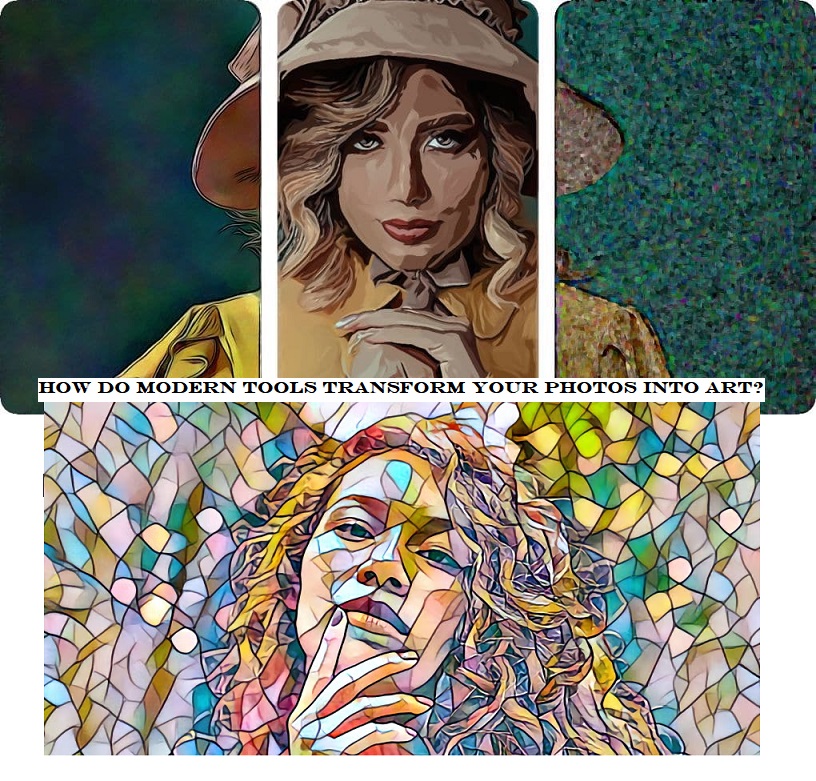
In today’s digital era, the transformation of simple photos into striking pieces of art is not only possible but also incredibly easy, thanks to modern technology. One key player in this revolution is the AI image generator, a tool that uses artificial intelligence to morph ordinary images into unique artworks. This blog explores how these tools are changing the landscape of digital artistry.
Understanding AI Image Generators
AI image generators work by analyzing the content of a photo and then applying various artistic styles to it. The process begins with the AI learning from a vast database of artistic images. This learning phase allows the AI to understand different art styles, from classical to contemporary. Once the learning is complete, the AI applies this knowledge to transform new photos into art.
The second part of the process involves user input. Users can often choose the specific style they want their photo to emulate. Whether it’s a watercolor, oil painting, or a graphic novel effect, the AI adapts the original photo to fit the chosen style, often with astonishing accuracy.
Benefits of Using AI for Art Creation
One of the biggest benefits of using AI to create art is accessibility. Anyone with a smartphone or computer can turn their photos into art without needing any artistic skills. This democratization of art makes it possible for more people to express themselves creatively.
Additionally, AI-driven tools can save time. What might take hours for a human artist can be accomplished in minutes. This efficiency does not just save time; it allows for experimentation. Users can try out multiple styles quickly to see which they prefer, encouraging more creative risk-taking.
Adobe experts say, “Whatever you imagine, if you can explain it, you can simply create it.”
Tailoring Art to Personal Taste
AI tools are also highly customizable. While some users prefer a direct transformation of their photos, others might choose to tweak the results. Many AI art apps offer sliders and other controls that adjust the intensity of the artistic effect, the color palette, and even the brush size in the case of painting effects.
This customization means that the final piece of art is often a blend of AI capability and human preference, making each piece unique and personal.
Impact on Professional Artists
While some may worry that AI art tools could replace human artists, these tools instead provide a new platform for creativity. Professional artists can use AI to draft ideas or explore new artistic styles quickly. This can be particularly helpful for artists working on tight deadlines or those needing to produce high work volumes.
Furthermore, AI tools can assist in handling more routine or repetitive art tasks, allowing artists to focus on the more creative and nuanced aspects of their work. This partnership between humans and machines can enhance an artist’s productivity and creativity.
Future Trends in AI-Driven Art
Looking forward, the technology behind AI art is only going to get more advanced. Future enhancements might include a more nuanced understanding of artistic context, better integration of mixed media, or even collaboration between multiple AIs to produce complex pieces. Moreover, as virtual and augmented reality technology advances, AI-generated art could become a part of immersive experiences.
Modern tools like AI image generators are transforming photos into art in ways that were unimaginable a few decades ago. This shift is not only making art more accessible but also opening up new possibilities for creativity and expression. As these tools continue to evolve, they promise to keep the art world vibrant and exciting.


